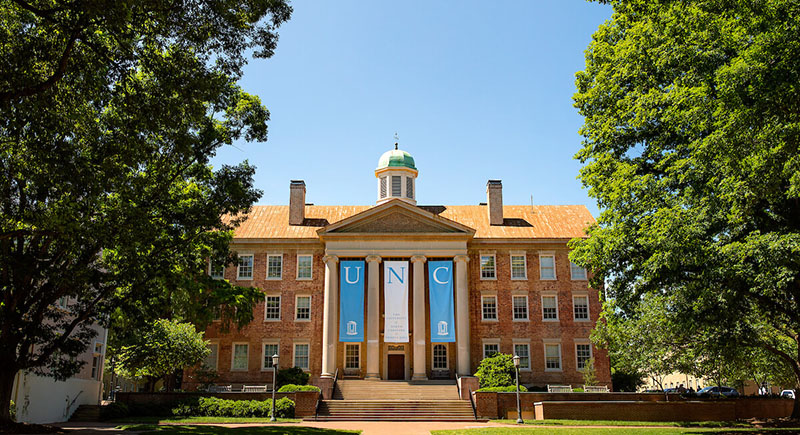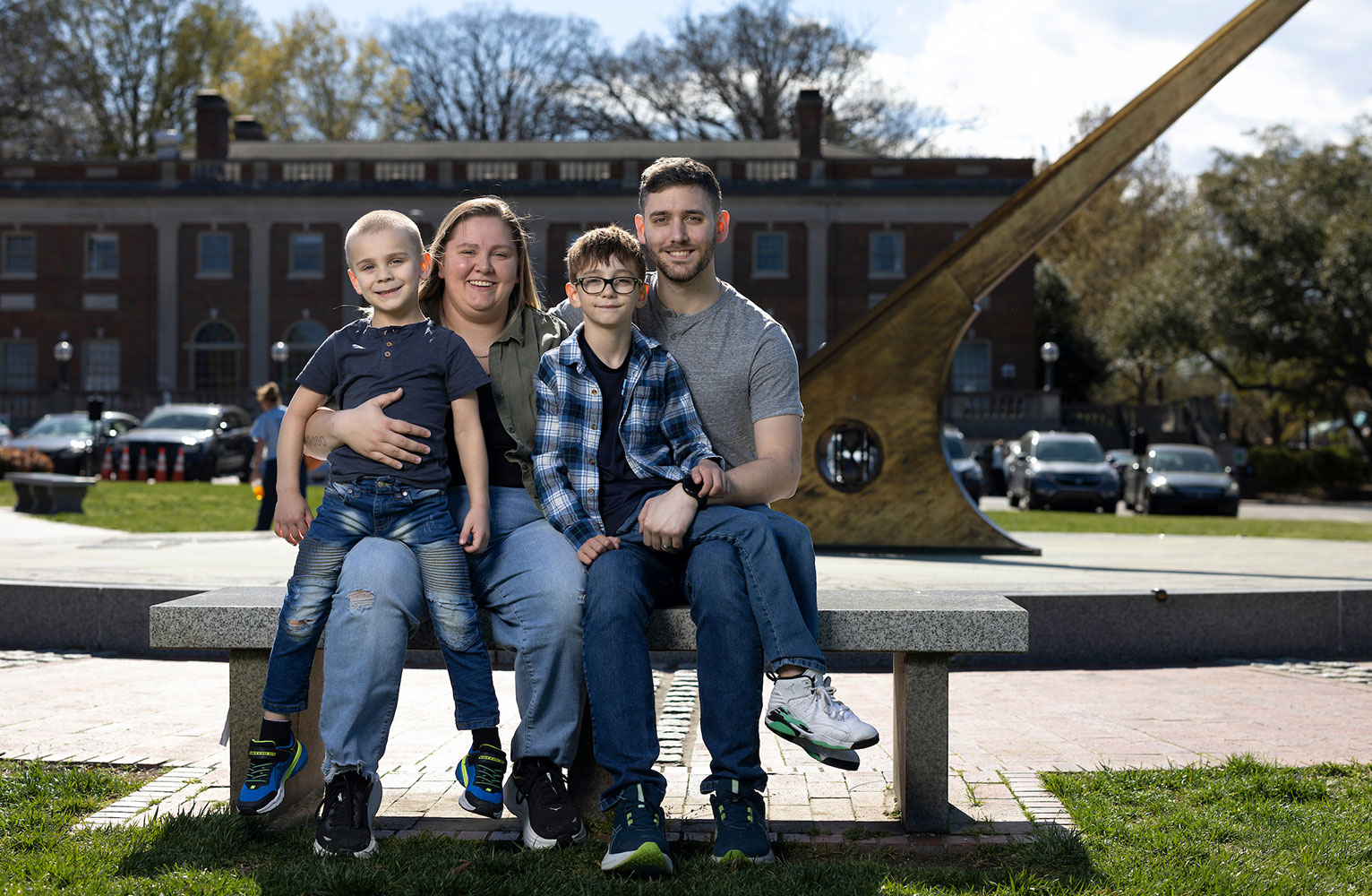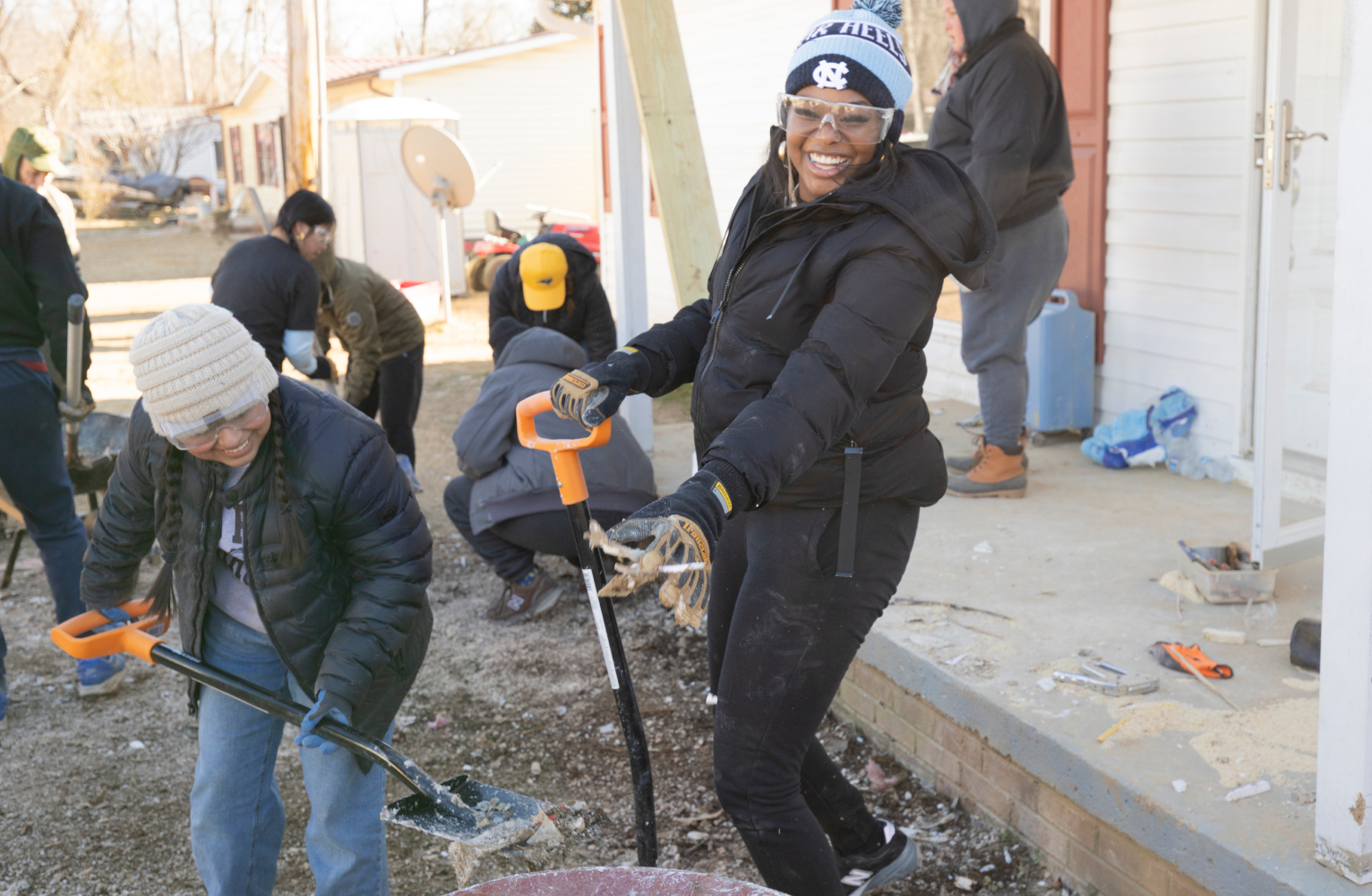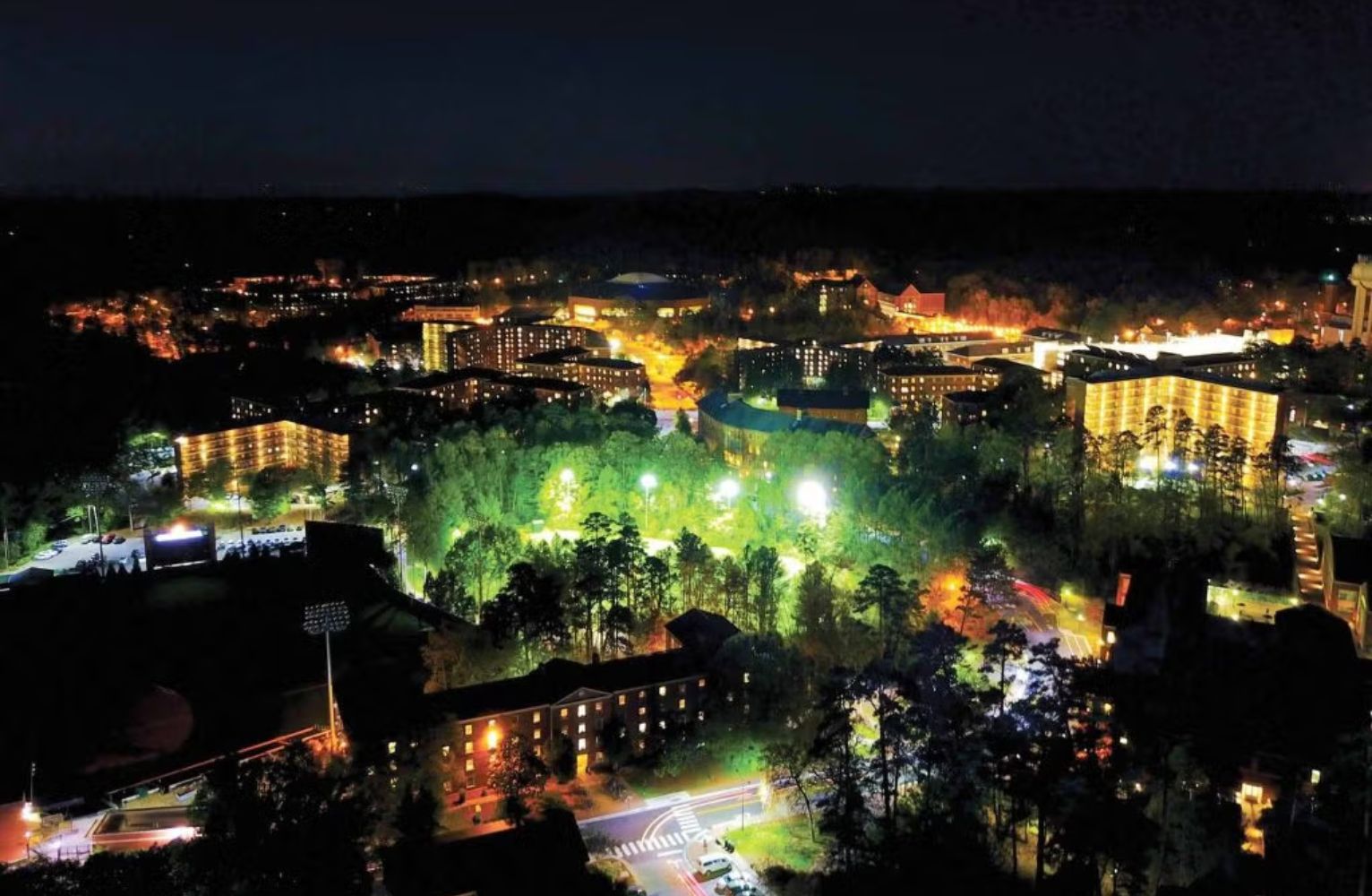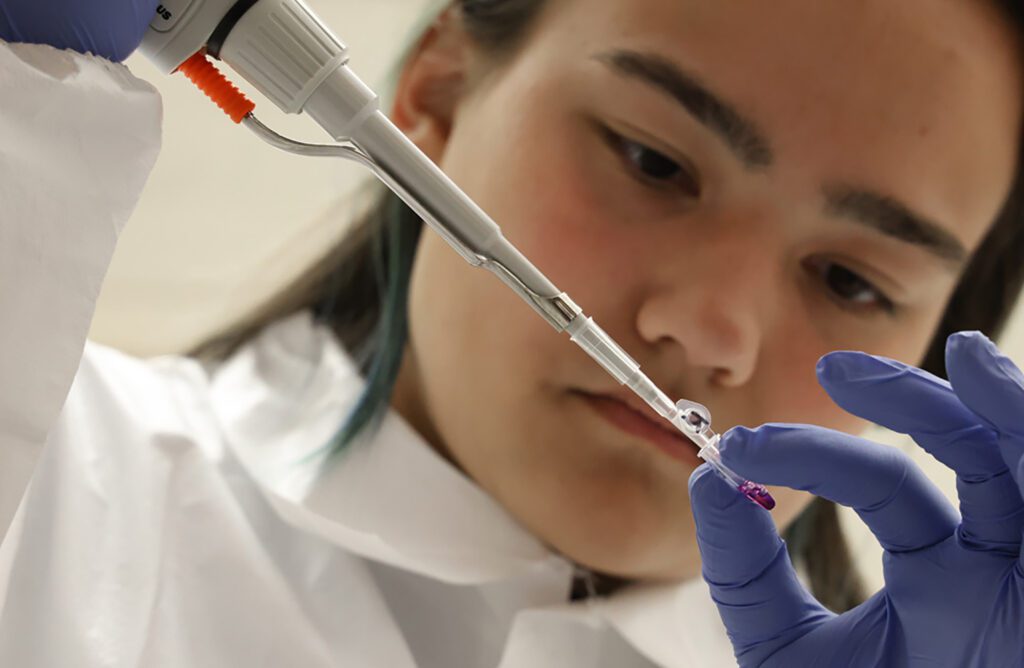
After collaborating on many projects, faculty members Laura Ott and Eric Hastie were inspired to share their passion for biology education research and decided to co-found the Carolina Biology Education Research (CBER) Lab. They wanted to see their students engage with and succeed in biology.
The CBER Lab makes research more accessible and unpacks career options for undergraduates — a vital service for a department with more than 2,800 majors.
“We have so many students, and they need research opportunities. Who cares if it’s in a classroom versus a lab?” Ott asked. “They’re still learning how to analyze data, formulate questions and design experiments.”
Gaining hands-on experience
In the fall of 2021, Parker Shoaf, a junior at UNC-Chapel Hill, found himself interested in the lab, knowing he was to embark on student teaching the next year to earn his teaching license. He wanted to refine his abilities in instructing before teaching high school-level biology.
Shoaf was able to get hands-on experience as a peer mentor for Ott’s anatomy and physiology class. He used 3D-modeling kits to construct complex carbohydrates to learn about the gut microbiome; collaborated with other researchers at NC State to develop modeling kits; and obtained valuable skills while running lessons in the classroom.
“We had about 200 students in that class, and they enjoyed getting out of their seats and working with their friends,” Shoaf said. “They really engaged with that activity, manipulating the 3D-modeling kit to show how carbohydrates are built structurally to better understand the bond strength between them and to see how different microbes in the gut break them apart.”
This opportunity was not only beneficial to Shoaf but to the greater Carolina biology community as his work served to help improve biology curricula at Carolina.
Training students to be researchers and teachers
When students apply what they learn in the classroom, they are more likely to retain that knowledge. Projects within the CBER Lab prepare undergraduates for future careers, help them engage with classwork, and then refine those classes to give all students the chance to participate in research.
“These students are developing real research courses,” Hastie said. “And then we can hire them as teaching assistants so they can lead the course. It kind of gives them that next level of education. They did all the research and development, and now they’re the teachers.”
This is exactly what Hastie and Ott are striving for: a training ground for the next generation of student researchers and teachers. Additionally, they hope the lab provides students with a broader view of the careers they can pursue with a biology degree.
Shoaf was thinking about teaching but liked doing research so much that he decided to pursue a master’s degree in a research-based program.
“Getting the opportunity to work with Dr. Ott opened my eyes to everything I had been wanting during my time at UNC,” he said. “I had always wanted to be in a lab, but coming from a small rural high school I didn’t feel like I had enough experience to be competitive. Even though it wasn’t a traditional science lab, I still learned about hypothesis design, experimental design, and data analysis.”
Written by Alyssa LaFaro for Endeavors, UNC Research
The CBER Lab is supported by SimBio Foundation, UNC Systems Office Undergraduate Research Program Award, UNC Center for Faculty Excellence Lenovo Award, UNC Institute for Arts and Humanities, UNC Department of Biology, and Genetics Society of America
Related Stories
